Lactulose is a stool softener often prescribed to ease feline constipation. The product pulls moisture into your pet’s feces, encouraging regularity by making bowel movements less dense. It’s also often prescribed for cats suffering from liver failure to reduce the amount of ammonia in their bloodstream. It’s commonly available as a liquid or crystal formulation. Read on for a step-by-step guide to giving your cat lactulose.

The 7 Vet Recommended Ways to Give a Cat Lactulose
1. Make Sure You Understand How Much Medication to Give Your Pet
Lactulose is a medication that veterinarians commonly prescribe to treat constipation and lower blood ammonia levels in cats, but the exact dose your cat should get and how often will depend on their weight and why they’re taking the medication. Ensure you understand exactly how much medication you should give your pet and how many times per day you’ll need to give it to them.
2. Try Mixing the Medication With Your Cat’s Food
Some cats don’t get worked up if you add medication to their food and mix it in. It’s often the easiest way to get cats to cooperate and, therefore, usually worth a try. Add the medication to a small amount of your cat’s wet food and feed it to them by hand; that way, you can tell if your cat has consumed it.
Avoid mixing the dose through your cat’s entire meal, as it may convince your companion not to eat, and if your pet takes a few bites and walks away, it can be challenging to determine how much of the medication they managed to get down.
Several cats dislike the taste of Lactulose, so there’s a good chance your pet may refuse to go near food containing the medication. If so, it may be time to move on to using a syringe.
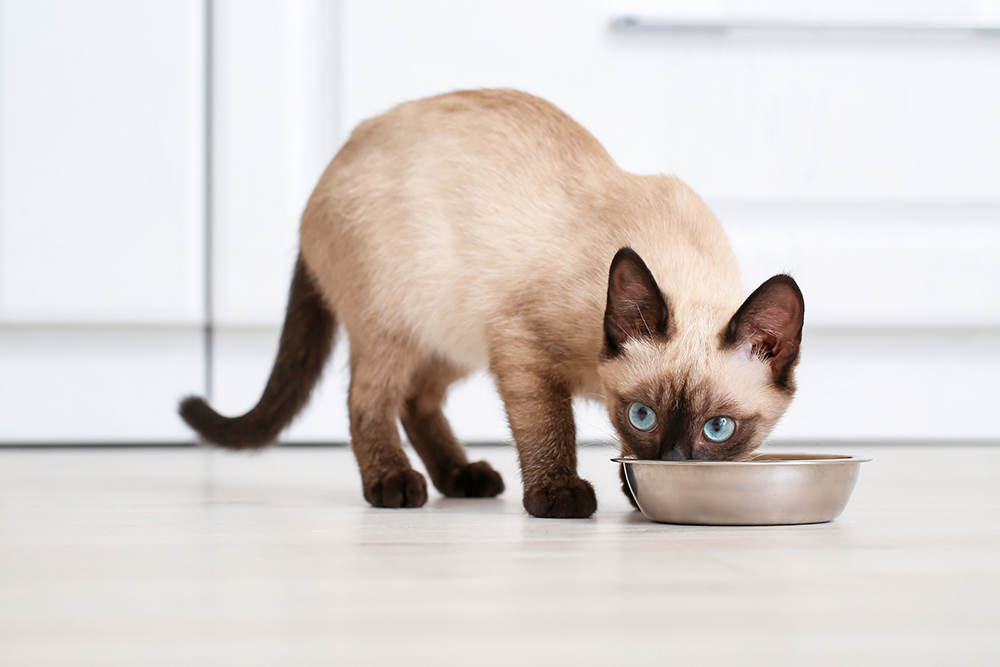
3. Prepare Your Space, the Medication, and Your Cat
Cats generally don’t enjoy being given medication, so it helps to have everything set up and ready to go ahead of time so you’re not trying to prepare your pet’s medication while trying to keep them from running off. Measure the medication beforehand, and don’t forget to put the lid back on the bottle when you’re done!
Find a place where you can sit down comfortably with your cat. Gently swaddling your pet in a towel before you get started may keep them calm and prevent you from getting scratched, and you can have a few treats on hand to reward your cat if things go well.
4. Allow Your Cat to Lick the Medication
While cuddling your pet on your lap, hold the syringe to the front of their mouth. Depress the stopper just enough so a drop of the medication comes out, and allow your cat to lick it. Some cats cooperate if allowed to lick medications at their own pace. Go slowly and give your pet plenty of time to swallow and breathe. If your cat doesn’t lick the medication, you may need to gently trickle it onto their tongue.
5. Put the Medication Directly into Your Pet’s Mouth
Hold your cat’s face with one hand, and use the syringe to gently open your pet’s lips at the side of their mouth, just behind the canines. You’ll see a gap in the teeth called the diastema behind the canines; gently insert the tip of the syringe and slowly give the dose.
Give your pet time to swallow and repeat the process until the syringe is empty. Go slowly and avoid squirting the medication towards the back of your pet’s throat, as it can cause them to choke. Cats mustn’t inhale the lactulose by accident, which can happen if you force it down too quickly. Also, don’t forget to give the syringe a good rinse with hot water after you’re done.
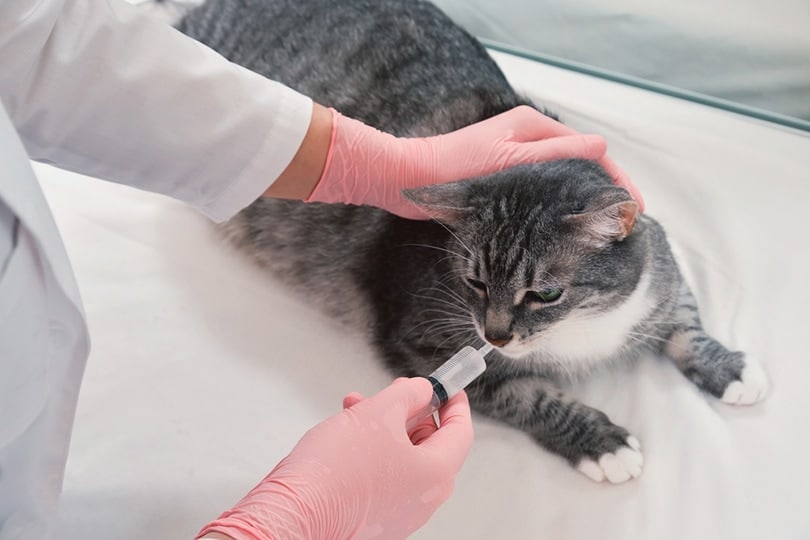
6. Give Your Pet Lots of Praise
Most cats hate taking medication, so give your cat lots of love and praise when the process is done. Making the unpleasant as pleasant as possible can increase the odds of long-term feline cooperation, which can be incredibly important if your pet has a chronic condition requiring you to give them medication regularly.
7. Consider Speaking With a Veterinarian About Compounding
If your pet doesn’t cooperate with the regular liquid suspension, consider speaking with a veterinarian about the pros and cons of a compound prescription if they need to take lactulose long-term.
Compounds require a prescription and are made to order for pets by pharmacies that can make medications into liquids and crystals featuring cat-enticing flavors such as chicken, liver, fish, and shrimp. Some pharmacies can even make medications into tasty treats.
Need veterinary advice but can't get to the clinic? Catster recommends PangoVet, our online veterinary service. Talk to a vet online and get the answers and advice you need for your cat without having to leave your living room — all at an affordable price!


Conclusion
Veterinarians often prescribe lactulose to treat feline constipation and to lower blood ammonia levels in cats suffering from liver disease. It is available in liquid and crystal form, but many cats dislike the liquid medication’s taste. Cats are sometimes willing to eat wet food with the medication mixed in, but it’s often necessary to gently drizzle it on your cat’s tongue using a syringe.
If your cat despises taking medication, consider asking your veterinarian about compounding. Some pharmacies can make veterinary formulations in flavors cats are willing to tolerate.
Featured Image Credit: Gumpanat, Shutterstock
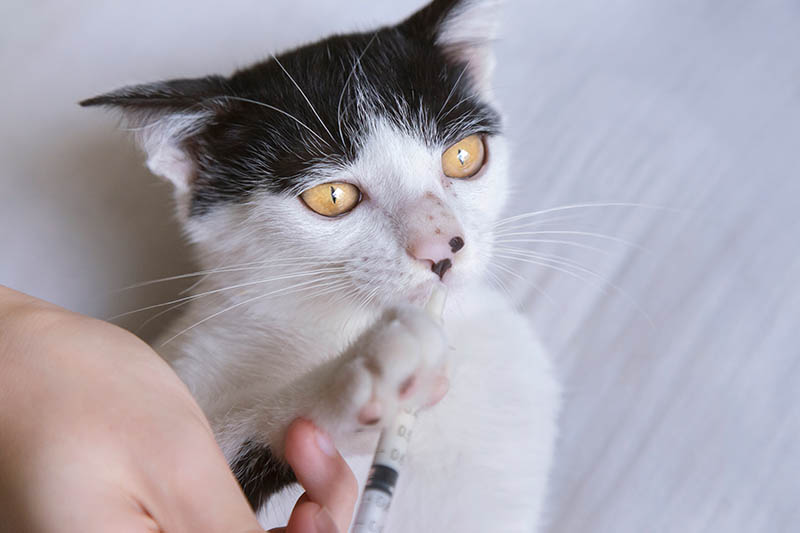

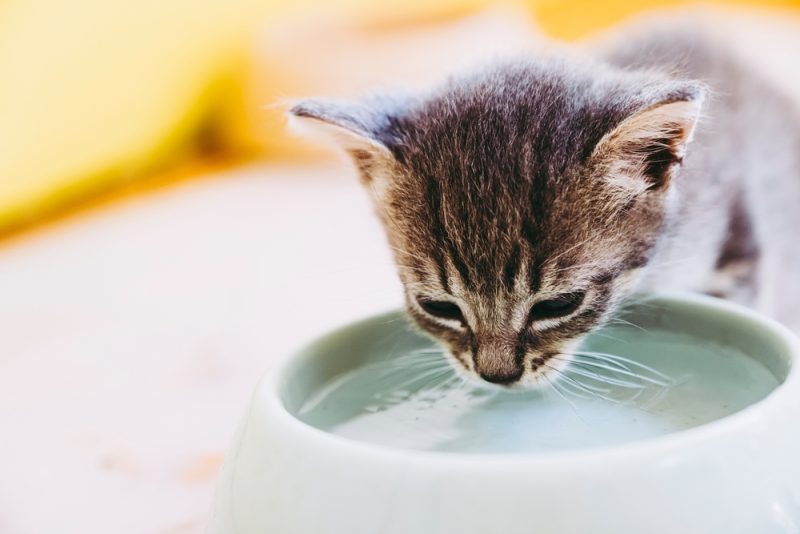
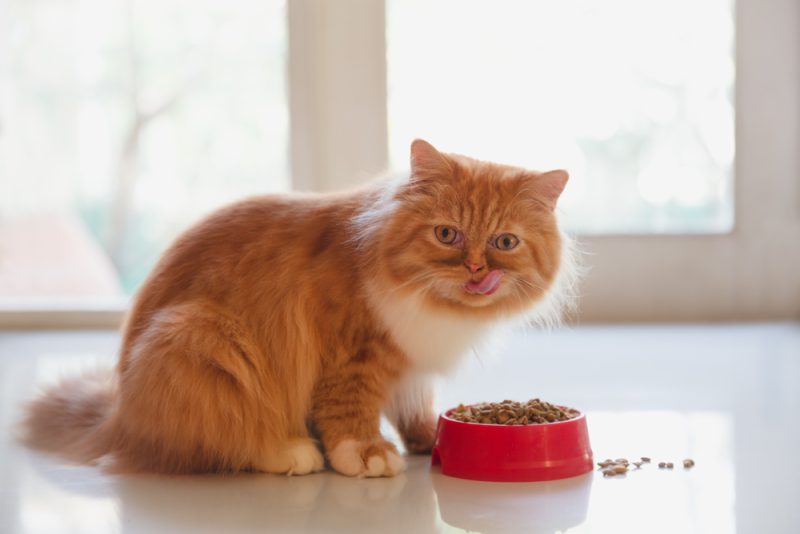
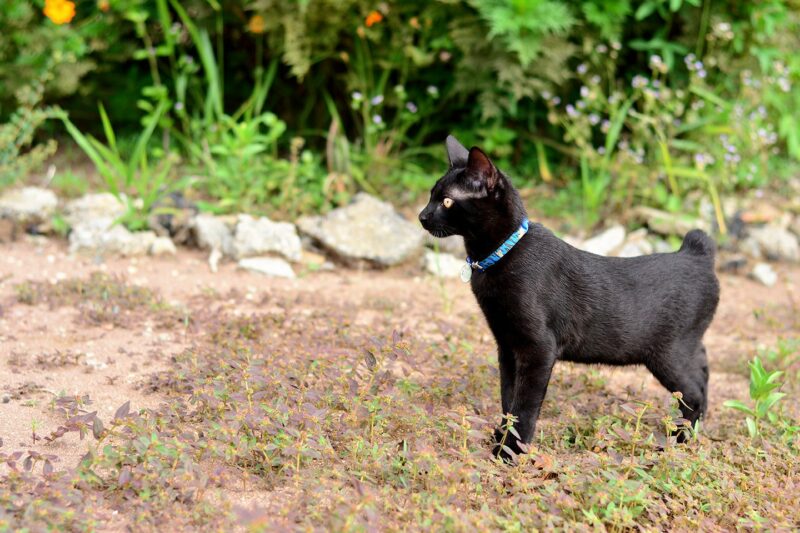
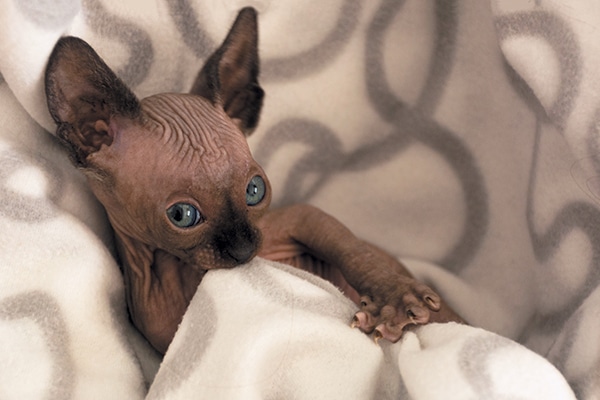
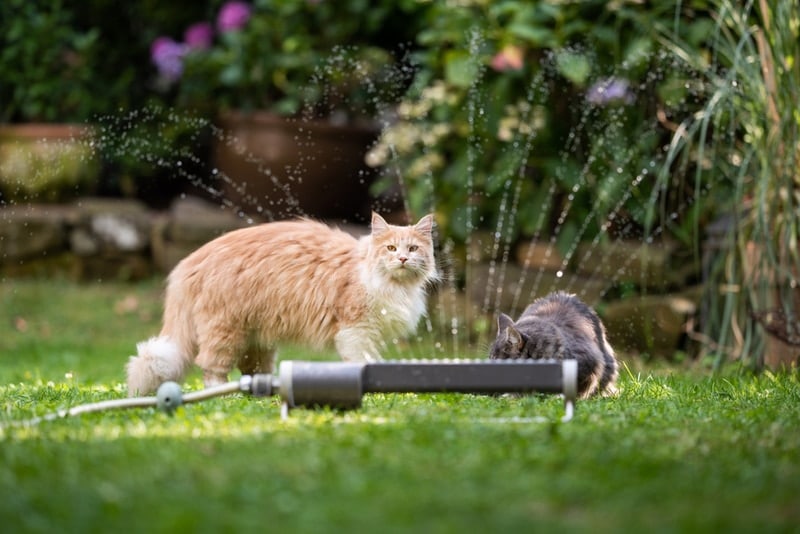
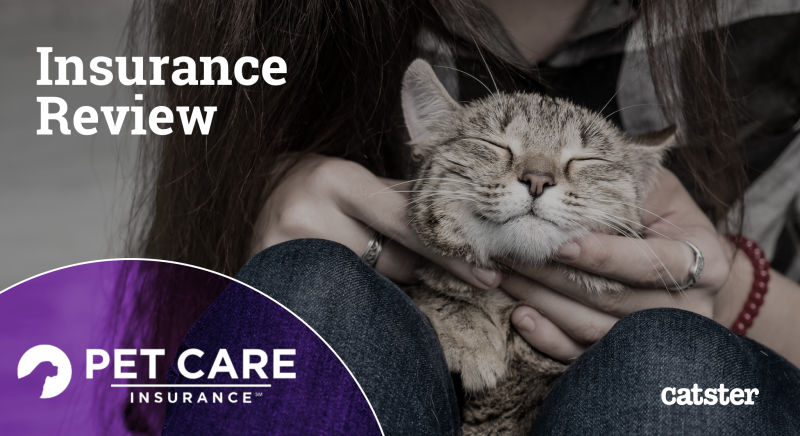
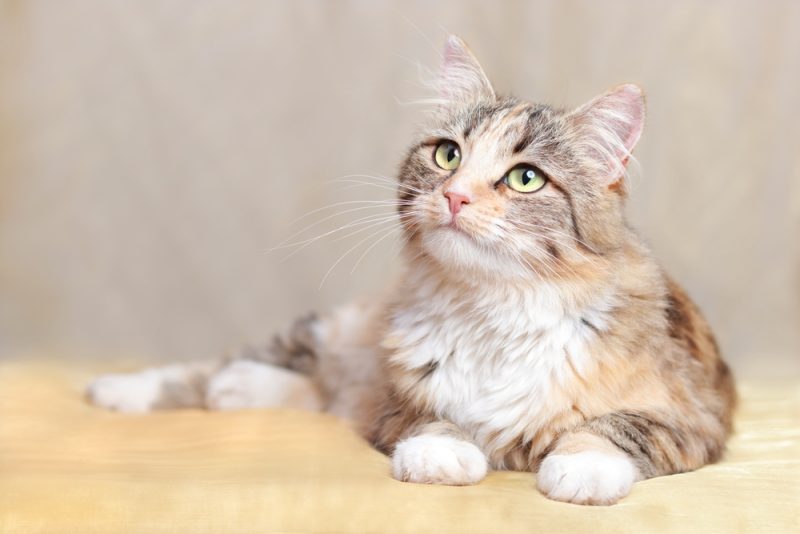
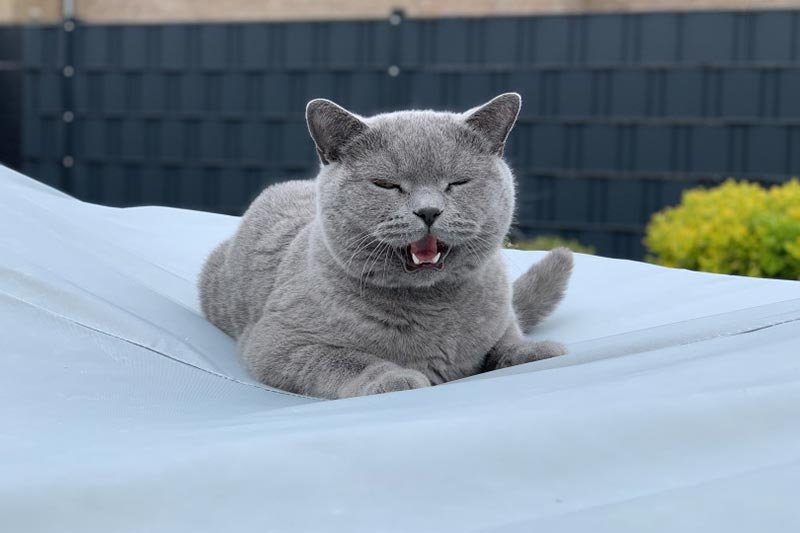
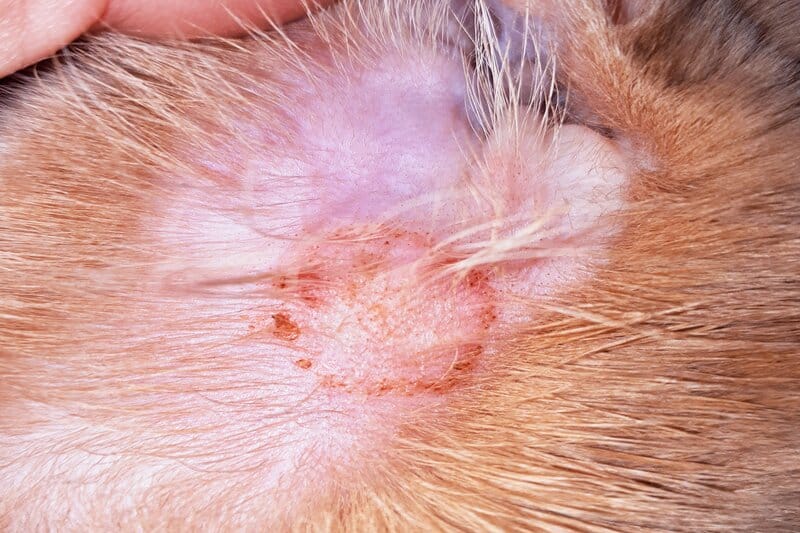

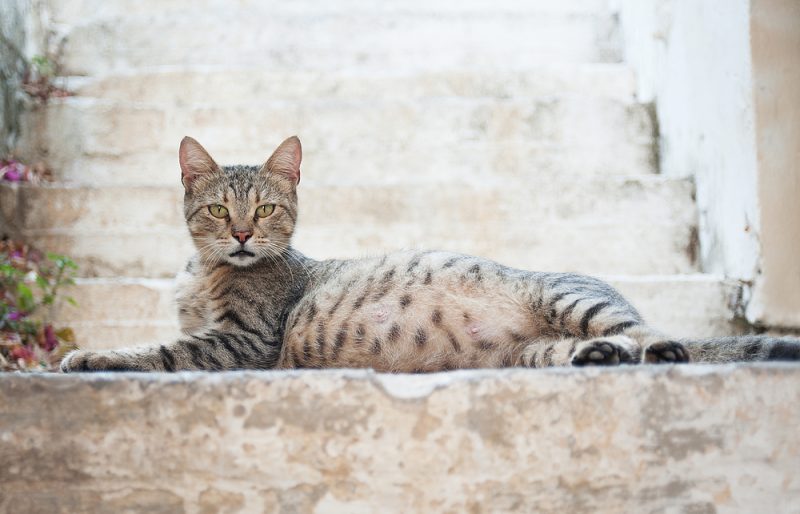
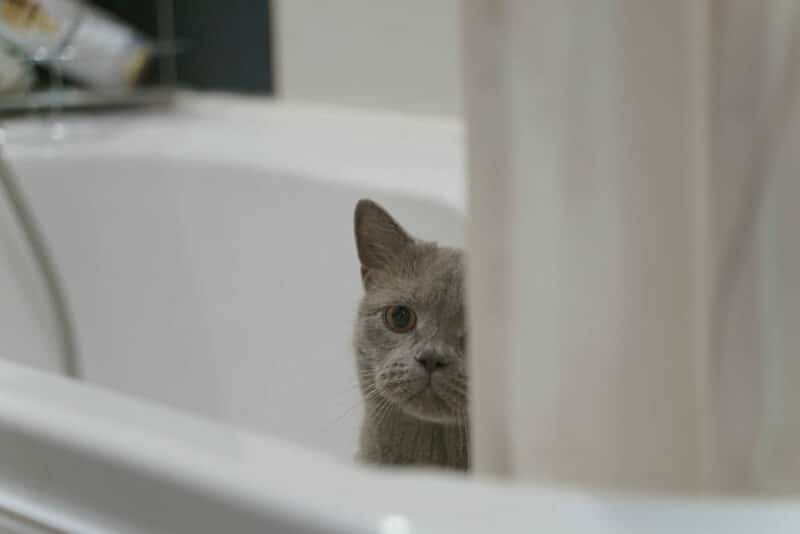
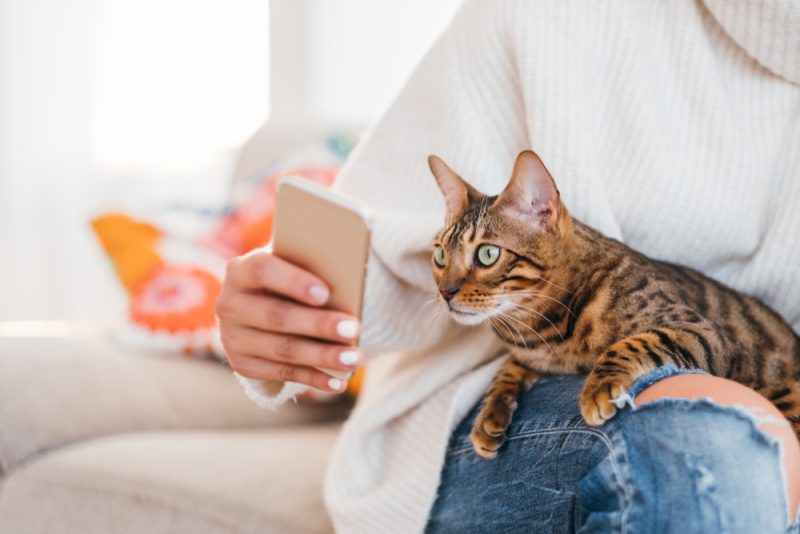
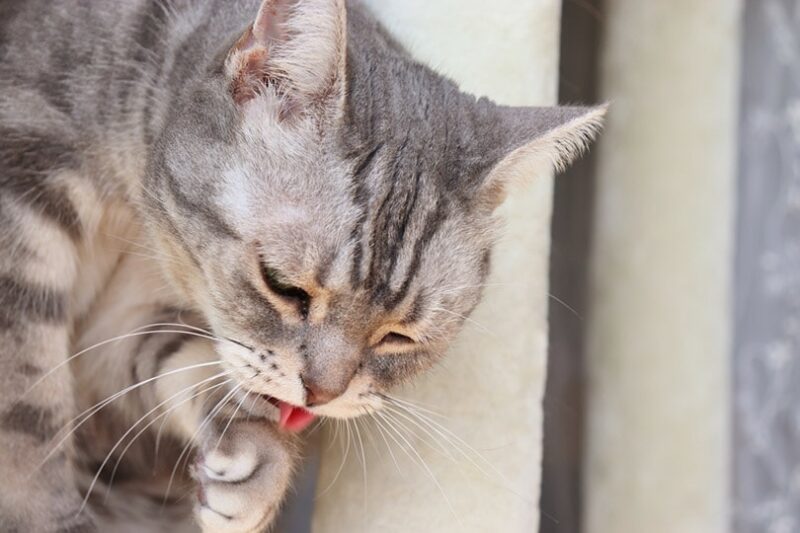
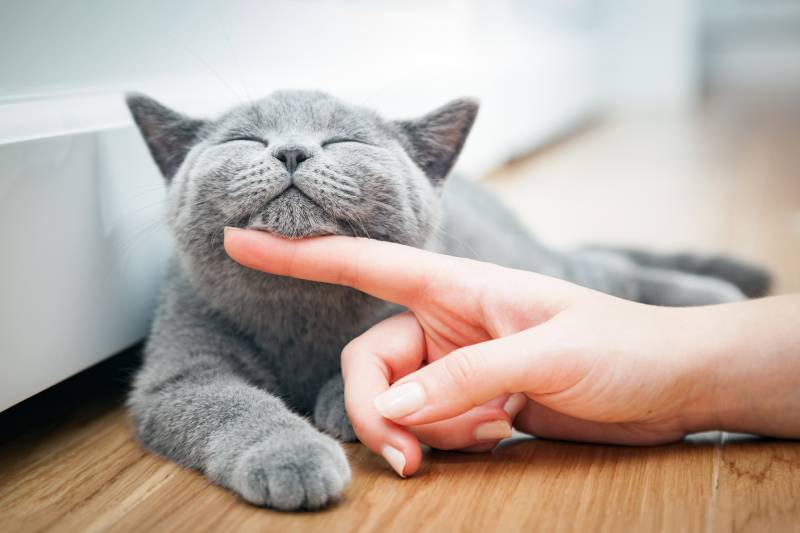
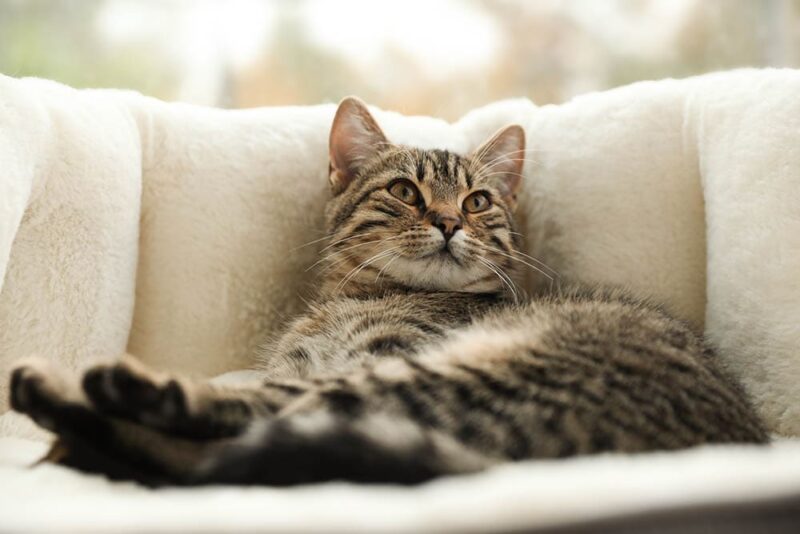

2 Responses
Why are so many cats constipated and in need of lactulose ? is there something missing in their diets?
Should cats be eating a diet of dry food only?
Thank you for your time.
Hi Kathleen Chipelo, constipation in cats is multifactorial, depending on the case, but lack of hydration does play a role; and since many cats are not effective in drinking water, only dry diets are not recommended for them. We always recommend providing them with a water fountain or feeding them moisture-rich fresh or wet foods. https://www.catster.com/lifestyle/best-cat-water-fountains/